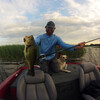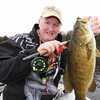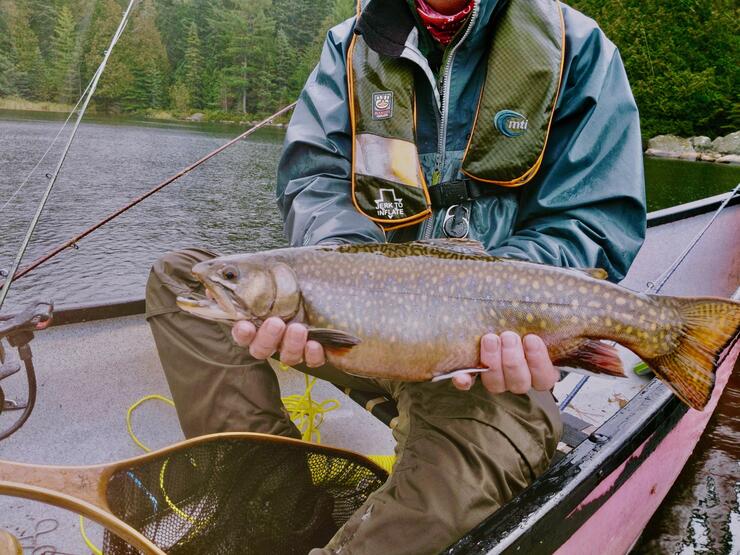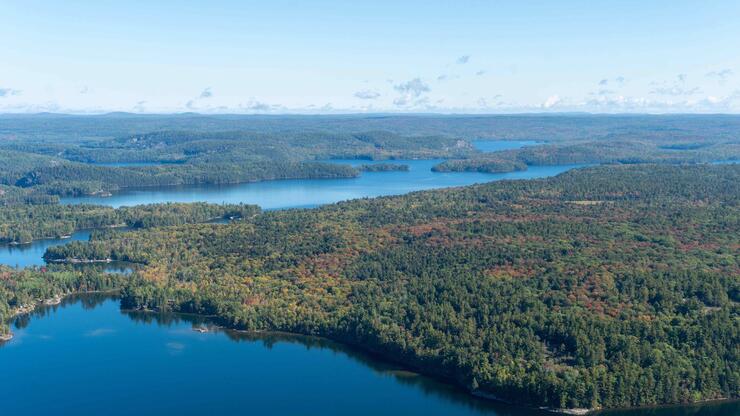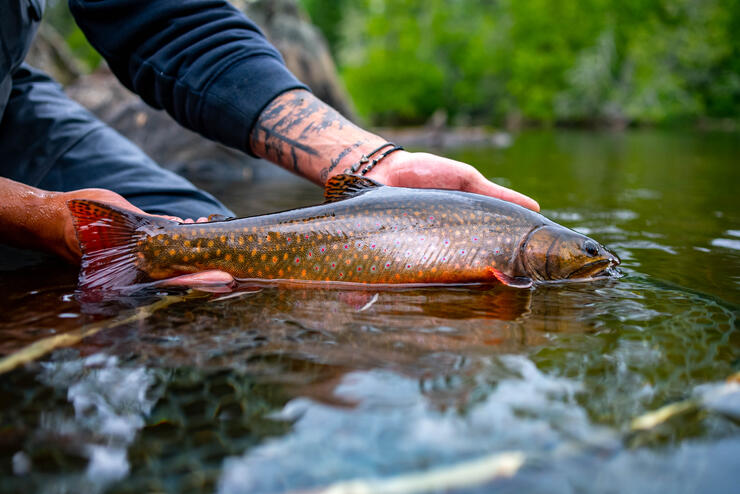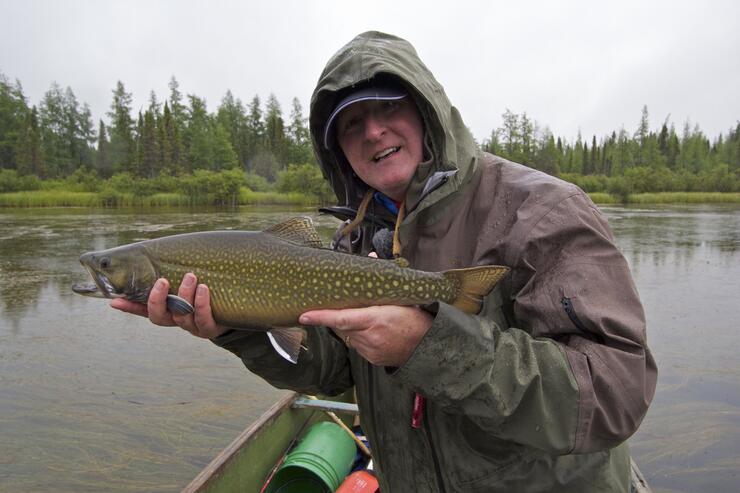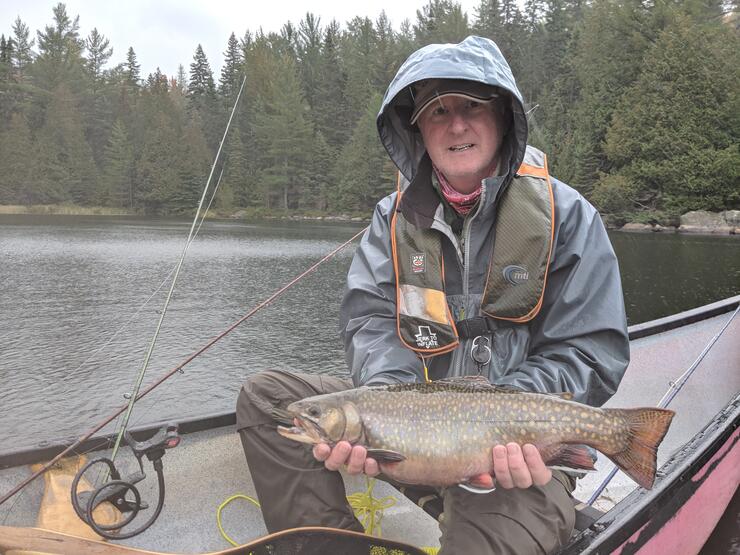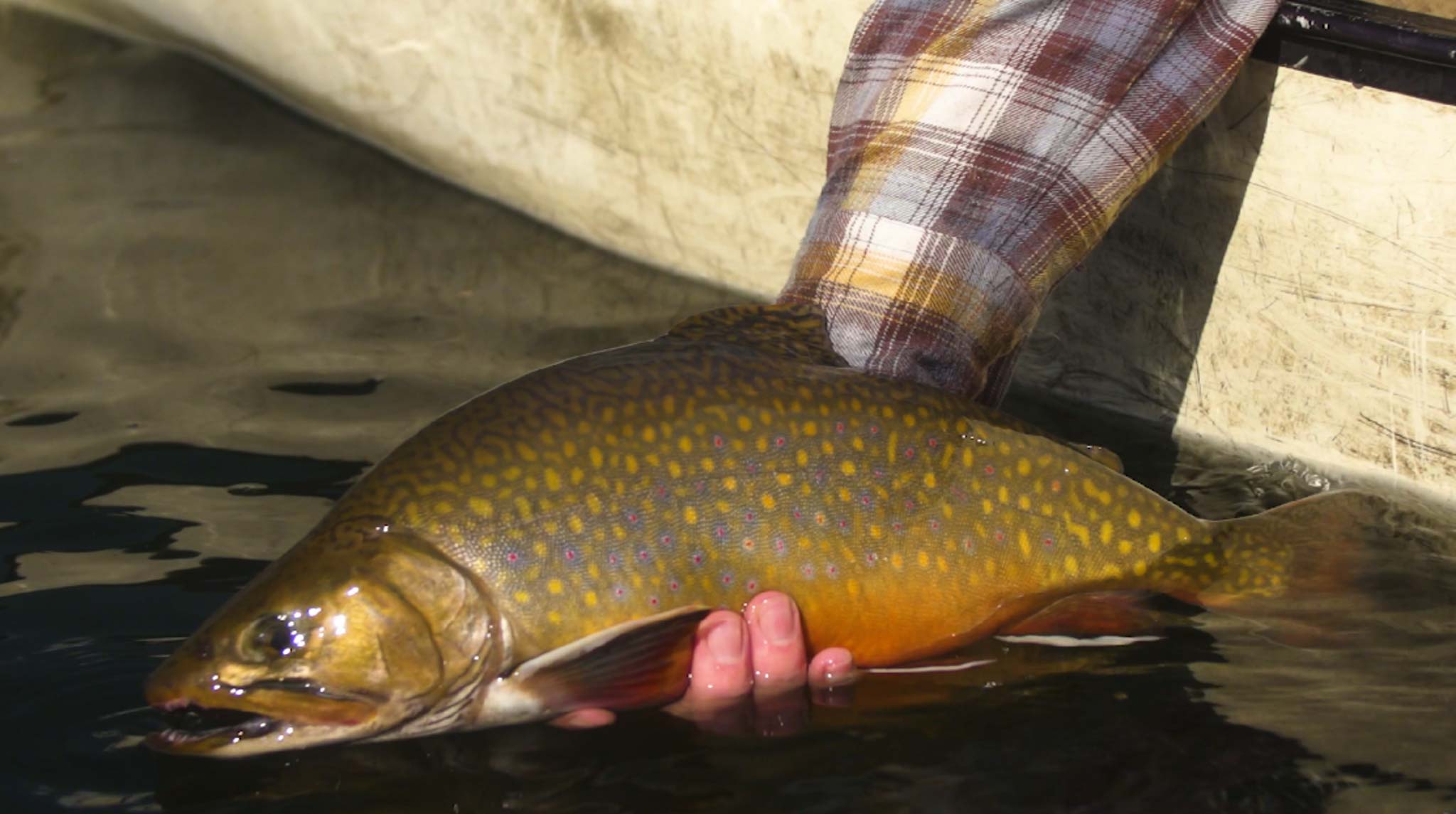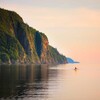
Fly Fishing for Brook Trout is Magical
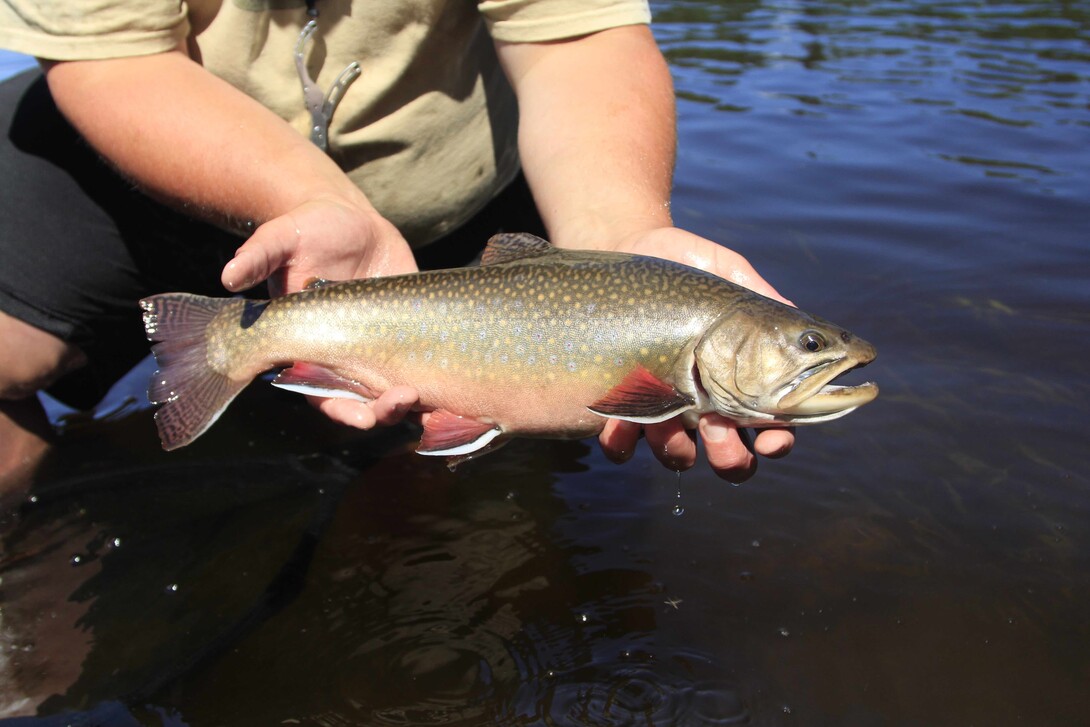
Ever since I was a young boy I’ve loved fishing. The night before going out fishing, I could hardly sleep because of anticipation and excitement. Today, at age 62, I still enjoy the thrill of going fishing and spending a day on the water. In the early 1990s, some friends introduced me to a new species that over time has become more than a passion, you could almost call it an obsession…. Brook Trout! Seeing a Brook Trout sip a dry fly off the surface is almost magical. Of course, it should be noted, that they are also considered by many anglers as the prettiest freshwater fish in North America. But they don’t live everywhere and in fact, they need clean, unpolluted and cold water to thrive.
This is why I visit Algoma so often to indulge in my passion for Brook Trout. In this article, I’m going to discuss Algoma Brook Trout in detail. From destinations to seasons, this article will provide anglers with a realistic overview of what to expect when hunting for this wonderful trout.
Early Season in Algoma covers the period of late April thru to June. Both small streams and small lakes are the best options for finding Brook Trout. The small streams and rivers that are in the lower part of Algoma Country are best fished in May and June, as warmer temperatures of late June into July tend to drive Brook Trout into lakes seeking colder water.
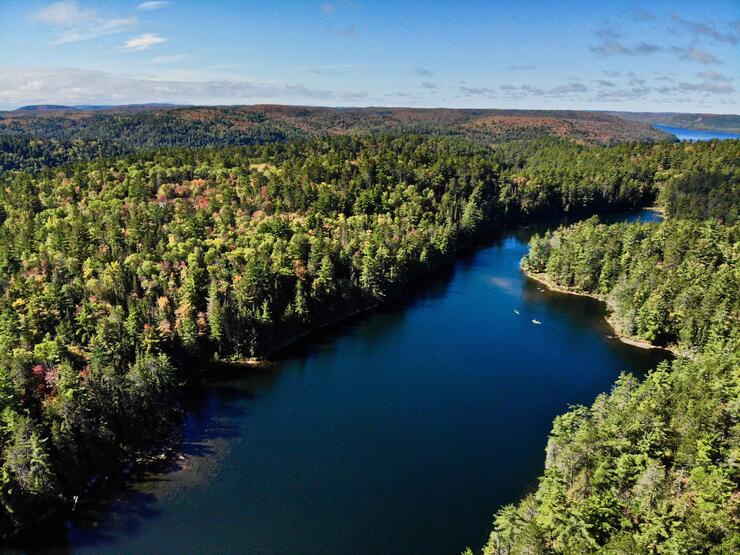
The “lower region” of Algoma that I refer to, is a fifty-mile zone north of the Trans-Canada Highway, starting near Wawa and going eastward to Blind River. If you check a paper map or even Google Earth, you will note that there are many small streams and rivers throughout this area which offer public access. Here, 4-5 weight rods of 8-9 feet in length are ideal for casting dry flies on these small streams and rivers exploring for wild Brook Trout. Conversely, if you want to fish for Brook Trout in lakes, there are a huge number that is actually stocked by the Ministry of Natural Resources. You can locate the list of stocked lakes here.
One of my favourite places to visit is Blue Fox Camp which is located to the west of Elliot Lake. MNR stocks the lakes in this region but there is limited access. Blue Fox can be your base to visit one of over a dozen small lakes in that area that have massive Brook Trout. As an added bonus, their main lake also has wild Rainbow Trout and even Lake Trout to catch on a fly!
For those who want to explore rivers and streams farther North from May to June, numerous fly-in operators can take you to some outstanding trout fishing. Many are located out of Nakina, such as Esnagami Wilderness Lodge. These operators generally have great fishing until early July. However, there are some operators that offer remote outposts that are connected to the Albany watershed which flows into James Bay. The fishing here is really good right through much of the spring and summer. It is important to discuss your needs with operators who can offer good advice on when you should visit.
Once we are into the summer months and water temperatures have risen, Brook Trout opportunities in the southern part of Algoma Country become more difficult. However, there are numerous opportunities to explore far north rivers which possess exceptional populations of wild Brook Trout. Operators such as Wilderness North and Brace Lake Outfitters, have lodges and outposts throughout the Albany watershed which offer great access to good Brook Trout fishing. If you like canoeing, then the famed Sutton River should be on your bucket list. I had the pleasure of drifting down this river casting large mice patterns to catch Brook Trout up to 25 inches in length! Hearst Air Services does weekly trips to this fishery which offers something truly unique to hardcore trout anglers.
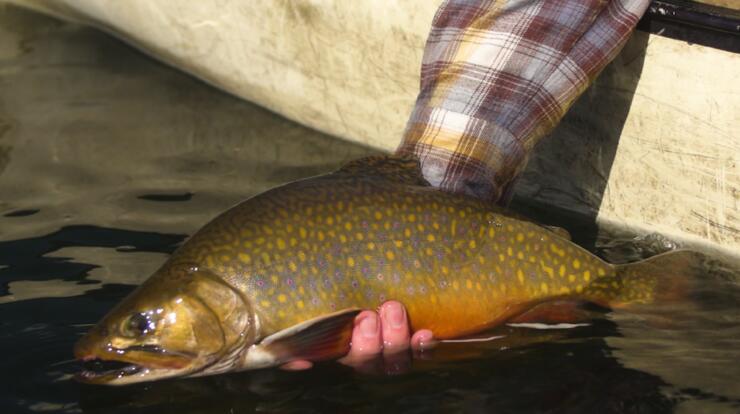
For most parts of Algoma, September is your last opportunity to catch Brook Trout. Cool nights signal a shift towards Fall and there are many locations you can still fish until the 30th of September. The Brook Trout will be beautifully coloured in preparation for spawning in October. Some truly monster Brook Trout are caught at this time. Lakes with rivers flowing into them are often good bets for finding Brook Trout staging for the spawn. The lakes around Wawa and Elliot Lake are excellent opportunities but I strongly recommend you use an outfitter or guide to help you find fish.
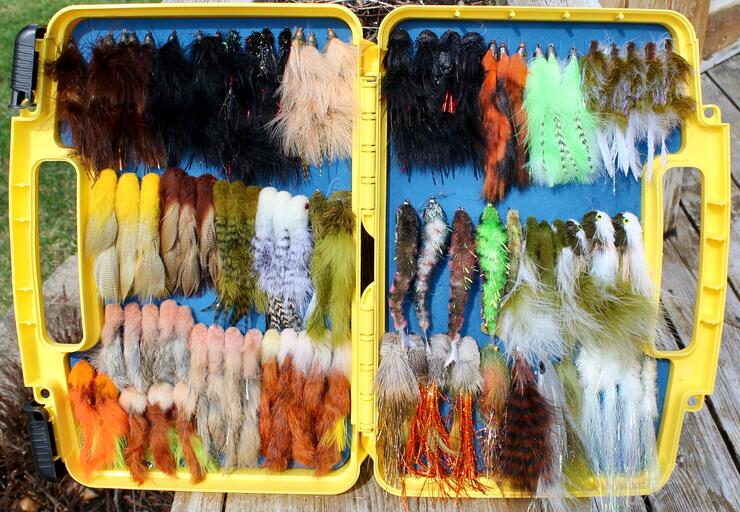
For fly fishing lakes, I recommend a five or six-weight fast action 8½ to 9 1/2 foot rods matched with a reel and multiple spools holding a variety of lines, including floating (preferably WF), intermediate sinking for streamers and Woolly Buggers, and a full sinking (type #3 or #4) for getting the fly down deep when the fish are close to the bottom in ten or more feet of water. Some lakes possess very large Brook Trout, so reels with decent drag systems are also recommended.
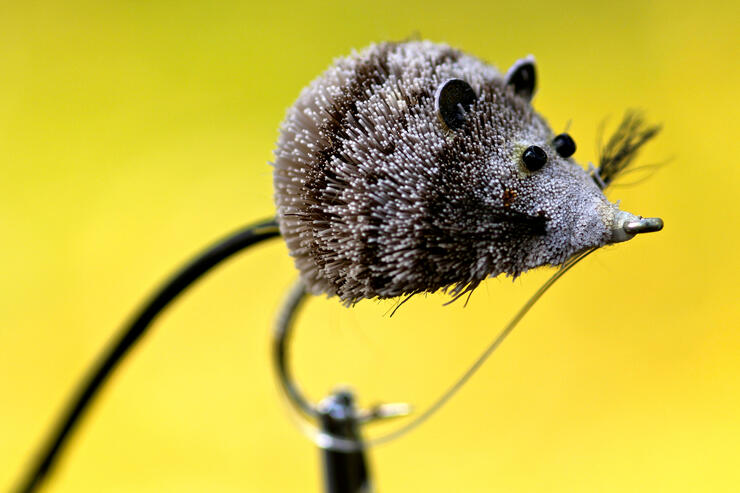
For stream and river fishing, the preference is for 7 to 8½ foot rods (#4, #5 or #6 weight) for casting dry flies, streamers and for nymphing. The smaller streams are dry fly heaven and virtually any action of the rod will work. Just keep in mind you often have to use a streamer or perhaps a nymph if there are no hatches happening. When using wind-resistant mice patterns or foam hoppers, I like to stay with a 6-weight outfit to help cast them. For bigger river systems, I strongly recommend you bring at least a sink-tip line (type III or IV) to cast streamers against the bank or near boulders and seams. Big brook trout will aggressively strike a streamer pattern, but you need to get your fly down to be successful. Consequently, I recommend you bring a variety of rods and lines to match the many and various conditions you’re likely to encounter.
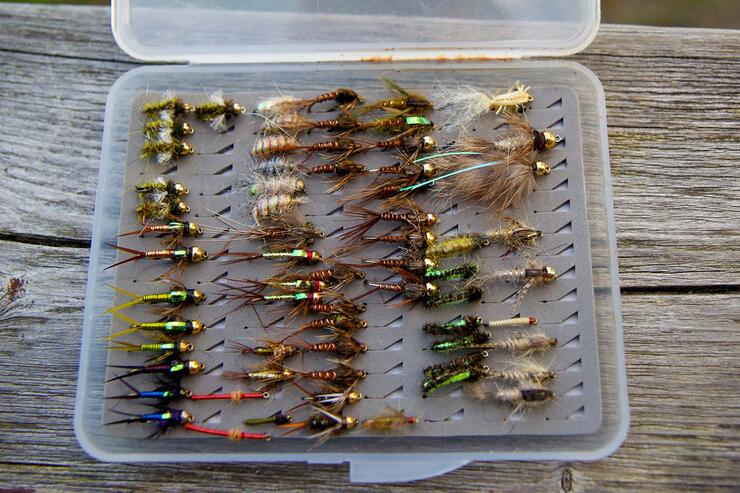
What dry flies to bring can present a bit of a challenge, as hatches of mayflies and caddis vary considerably based in both rivers and lakes throughout the season, as well as between the north and the south of Algoma. However, there are a number of generic patterns for dry flies that seem to work all the time, which include: Goddard Caddis (sizes12-16), Black Gnat (sizes 12-18), Stimulators (orange or olive in sizes 8 to 16), Adams (sizes 12-18), Humpies (green or yellow sizes 8-14), and even Salmon Bombers (brown, white or green in sizes 6-10). For streamers, there are many good options, as brook trout are not particular about the small fish they eat. The tried and true Muddler Minnow in brown or black works exceptionally well in sizes 2 to 10. Casting this fly out on a sinking fly-line with the short leader (4-6 feet) and retrieving it back with a slight twitch seems to elicit explosive strikes. Of course, the king of streamers for brook trout is the Woolly Bugger. Black, tan, purple, olive, and even maroon, work well in sizes 2 to 8.
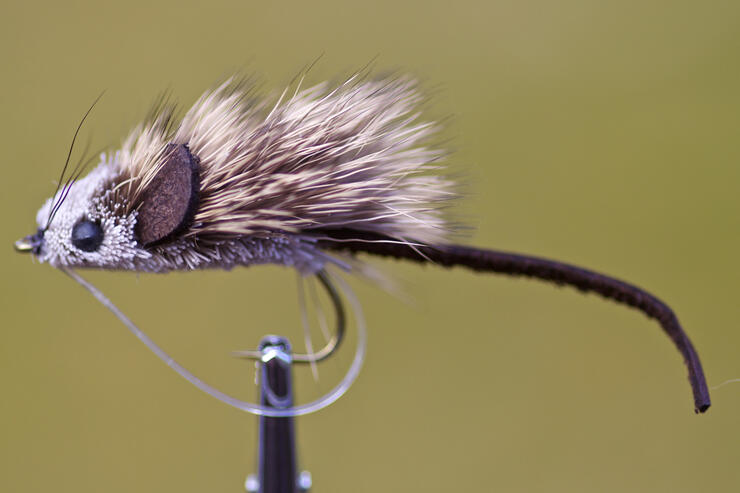
Over the past few years, I have discovered that rabbit strip streamers, such as the “Slump Buster” or “Meat Whistle” tied in rust or chartreuse colours work exceptionally well in the stained waters. Bring these patterns in sizes 4-8 to cast to banks and pools. Mice patterns can also trigger explosive surface takes, especially early morning and late in the day. Virtually any pattern will work, though my current favourite is the Morrish Mouse which is light and easy to cast on a five or six-weight rod.
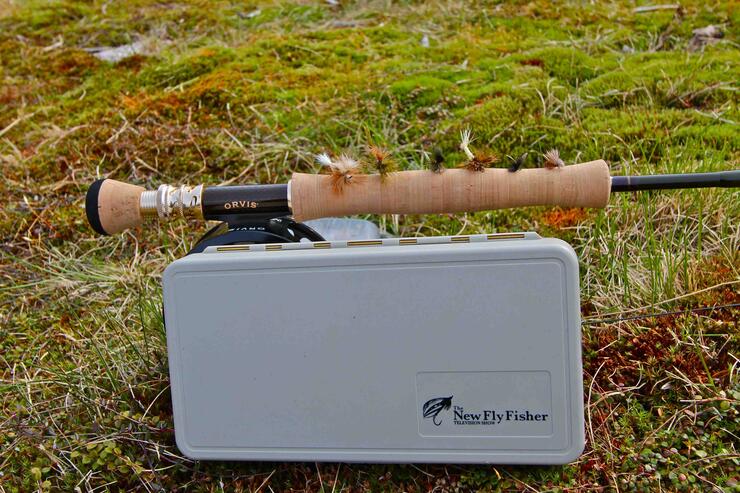
Finally, I strongly recommend you bring a quality landing net with a rubber webbing if you plan on releasing your fish. Research has proven that mesh/nylon nets or even tailing gloves, remove the slime off the trout which makes them vulnerable to fungus infestations. The safe release of large Brook Trout is paramount to ensuring the future excellence of this fishery.
I love Brook Trout and look forward every season to casting for them. Whether caught on a dry fly or a streamer, they are truly a species that is very special. There’s a wide choice of Brook Trout destinations for both rivers and lakes in Algoma. Depending on when you want to visit will help define where you should go. If you need further assistance, do not hesitate to connect directly with the Algoma Tourism Office, as they will help you find what you need.
Recommended Articles

Winnie-the-Pooh's Ontario origins

Old Woman Bay

Lake Superior

Facts About Lake Huron
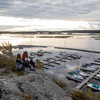
Stop The Car
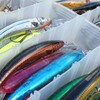
Pike and Muskie Leaders
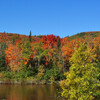
Riding Hwy 129
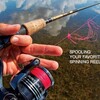
Spooling Your Favourite Spinning Reel
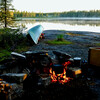
Experience Crown land camping

A Place to Stop
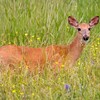
St. Joseph Island Fauna
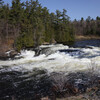
7 Stops Along the North Channel
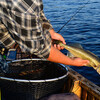
Minnows, Leeches, Nightcrawlers
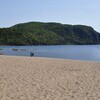
10 Secluded Beaches
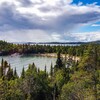
Pukaskwa National Park
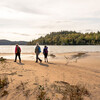
Gargantua Harbour and Warp Bay

Ernie’s Coffee Shop
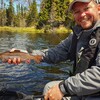
The Train-in Fishing Adventure
